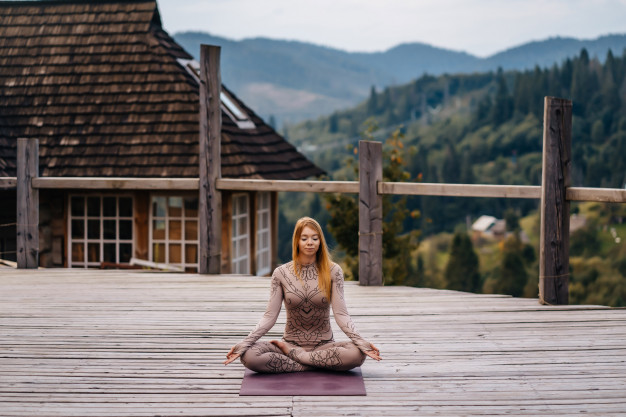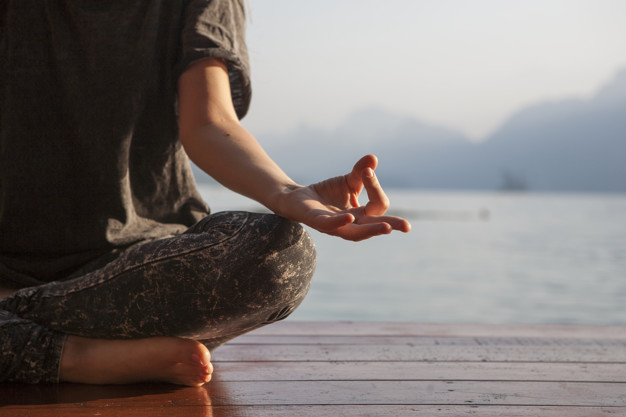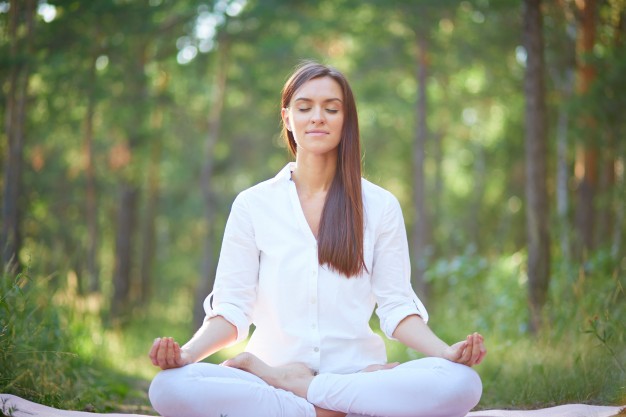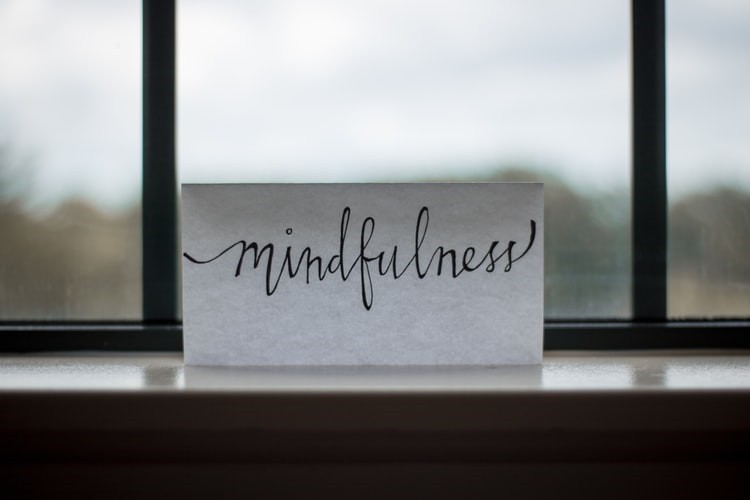It is extremely important at this time to start practicing Meditation for Deep Relaxation and for Restful Sleep. Our thoughts aren’t letting us live freely or relaxed at this time, hence, the importance of Deep Relaxation Meditation arises.
Thoughts fly here and there, do not linger long; I still have to buy food, bring books to the library, call my grandmother, clean the apartment, make transfers and prepare the outline for the next housework. Cinema would be good again, but where do I start, what makes sense and can I concentrate at all? I think I need a coffee first. But actually I’m already turned up. Great sausage. What now?
The teachings of Zen advises in these moments “Live in the moment, be present in the present, the present moment is all you have. It’s only now. Now. Now. Now…”. A simple, yet profound truth, if you are aware of the extent of the meaning. Our thoughts so often linger in the past or we ponder the future – and so easily miss the present.
Young people already have this insight and the YOLO motto (“You only live once)” of the hipster youth actually means the same thing: Live now and intensely. This has been spreading in society for years: More and more people are dealing with formerly spiritual topics such as relaxation, meditation, mindfulness and inner peace.
In America, this has already reached the masses. Musicians, actors, models and stars like Oprah Winfrey also speak openly about their daily “spiritual practice” and “meditation”. But Europe is catching up. They now have meditation for deep relaxation for beginners, students, business professionals, yoga learners and mindfulness exercises and seekers at almost everywhere (even in Schools and Universities).

(Freepik.com)
What is Meditation for Deep Relaxation?
Meditation is by nature not a spiritual session with a salt crystal lamp, yoga pants, incense sticks and Indian mantra chants. Meditare, coming from Latin, means “to think, to meditate” – whereby meditating is not about thinking as a cognitive achievement, but rather about thinking, feeling, letting go.
Basically, meditation for deep relaxation is about letting the thoughts come and go, not holding on to them and not evaluating them to get into the state of relaxation and being at peace at all times. Meditating is non-denominational and has nothing to do with religion or philosophy.
There are different forms and types of meditation, for example fantasy trips, i.e. guided meditations, in which one travels through an imaginary landscape. But a conscious walk in the forest, looking at the sea, an object, nature or even reading a text can be meditative.
Yoga is also a form of meditation, which, however, actively involves the body and is a good starting point when pure silence is still too much.

(Freepik.com)
How Meditation for Deep Relaxation works?
There are number of courses for all meditation and mindfulness exercises that offer a good start under the guidance of an expert to get yourself relaxed deeply. Anyone who has not yet had any experience with meditation will be taken by the hand here, will be given explanations and support so that they can also carry them out independently in everyday life.
Depending on how easy or difficult it is for someone to get by without external impulses, there are different ways to start: Yoga can be understood as a form of movement meditation that helps you to relax your mind, body and soul. Calm physical exercises that you perform slowly and consciously (or sometimes quickly with power yoga), completely in the present and mentally only with what you are doing also help you a lot to experience deep relaxation at any point of time.
If that’s too much for you, you can also start with a guided meditation or fantasy imaginary trip. It may sound strange at first, but listening to a sympathetic voice, like that which leads you to a summer meadow or to a beach, is incredibly relaxing.
Also Read: What is Mindfulness Meditation? – How to Practice
Another form is mindfulness exercise, which is also often used to reduce stress is the progressive muscle relaxation. Live or on the tape, a trainer guides you from foot to hand through the entire body and tensions individual muscle groups very strongly, then you release the tension. That also brings you directly into reality. And lets the body feel what is going on in it – an actually natural thing that we have often lost today. Because we are often so stuck in our thoughts that feeling has little space. Be it the conscious experience of your own feelings or your own body.

(Freepik.com)
Zazen – Supreme Discipline for Relaxation
This form, sitting in silence, is perhaps the simplest yet most challenging practice. Because simple doesn’t mean easy. You can start by simply sitting on a park bench – in a quiet park, of course, not in the green island in the city center – and doing nothing. Sit still, close your eyes, watch your breath, let your thoughts drift…
Meditating in the Zen tradition is carried out in a quiet room, with half-open eyes, in which you loosely fix a point on the floor in front of you – so you are more present than with your eyes closed, i.e. in the middle of everyday life and in the action, but still completely with yourself.
The posture can be straight on a chair or on a meditation cushion. In the beginning, it is almost desperate to become aware of the stream of thoughts jumping around like a horde of monkeys in the head. But over time, there is calmness, deep relaxation and contentment when you learn to let go.
The spiritual teachers even speak of “the silence behind the silence”, which can be experienced through this. Those who engage more intensely in meditation may even understand what they mean. When you get to that point, it’s no longer about meditating to get rid of something. But to come to yourself, to be with and with yourself.

(Freepik.com)
Deep Relaxation Meditation – What’s in it for Me?
Relaxation, Slowdown of Thought Flow, Reflection, Awareness, Mindfulness, Being in the Present Moment, Peace, Forgiveness & more…
And these are not only helpful effects only for a set of people. Everyone can benefit from it in our often hectic, busy, digital everyday life.
Regular meditation also helps to deal with yourself carefully, to get to know each other better and to remember what is going on in you. This way, stress cannot arise in the first place or does not become so great.
Also Read: Simple Guided Meditation for Anxiety and Stress
In hectic phases, you have a tool to get back to yourself and get down feel way more relaxed. Helps before and after every kind of exciting or exhausting action. And you can sit, breathe, relax and come to yourself everywhere: in the subway, in the lecture hall, at the doctor’s, in a meeting or at your desk.
You are free to use any Meditation Technique that suits you and help yourself relax at times of stress and anxiety. Practice any of these Meditations for Deep Relaxation on a regular basis to be at peace.
Also Read: Relaxing Music for Stress Relief and Deep Sleep – Meditation




